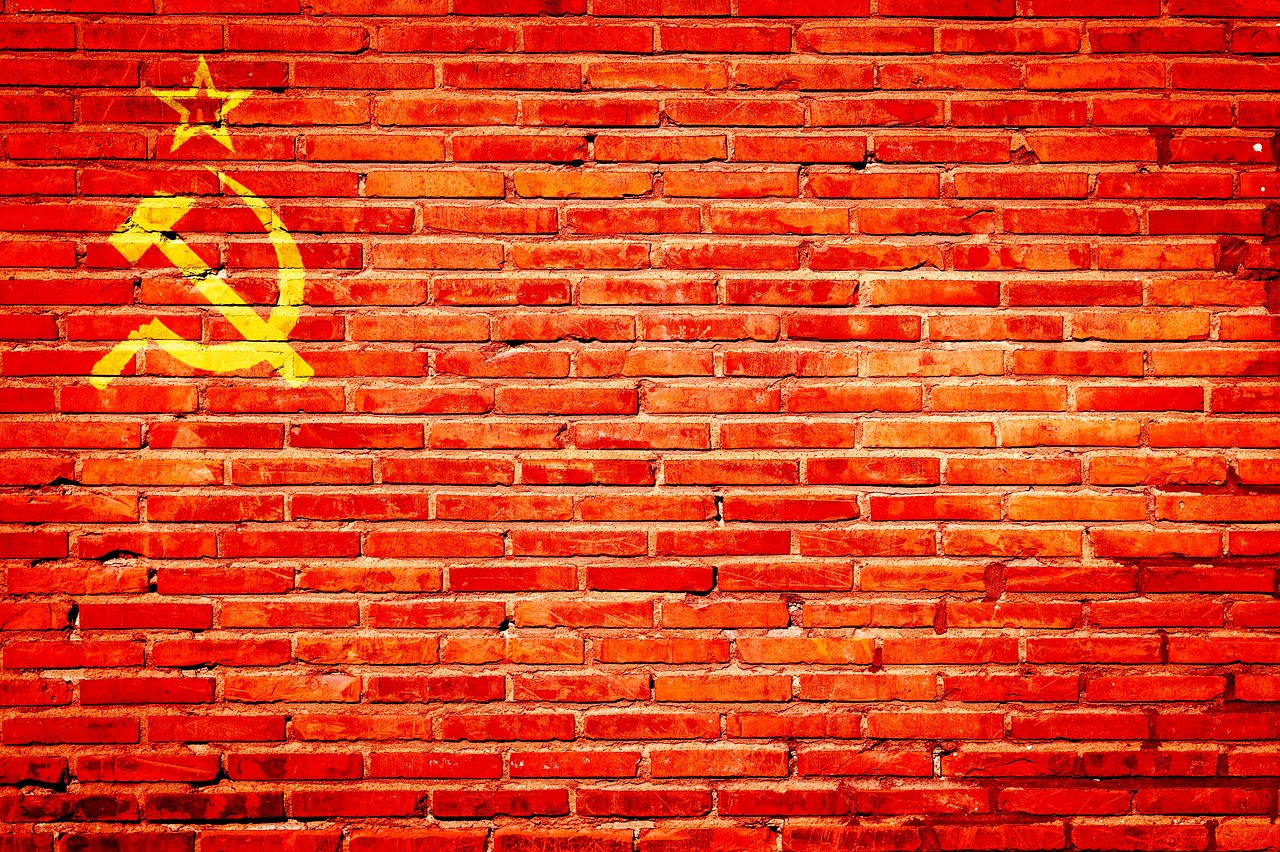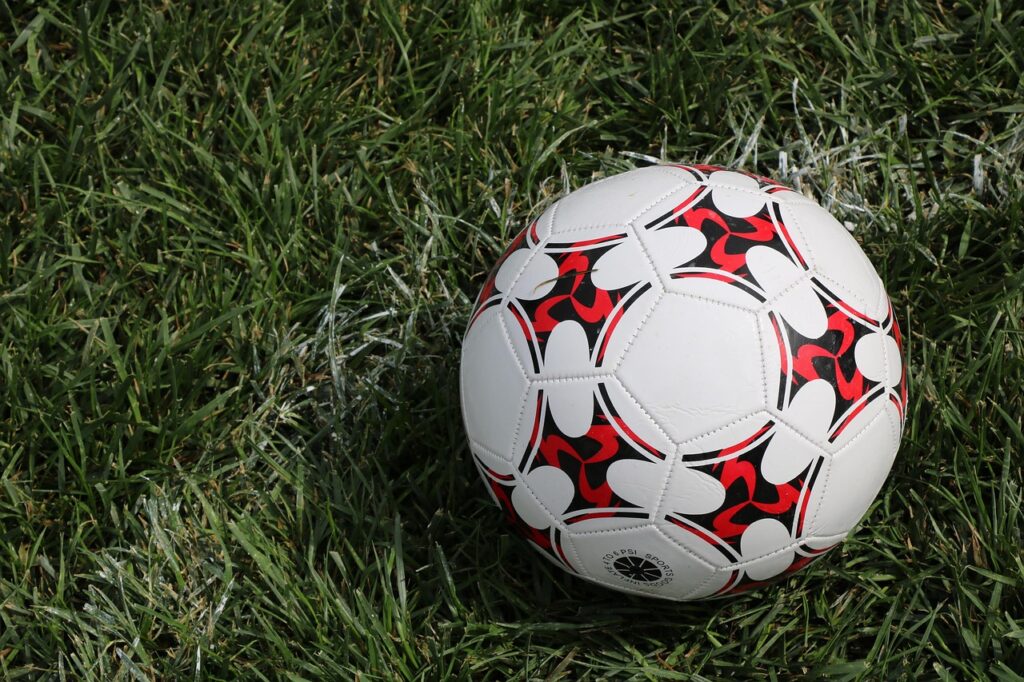The dissolution of the Soviet Union in 1991 marked a significant turning point in global history, leading to profound changes in Russian politics. From democratic aspirations to centralized governance, the political evolution of Russia offers valuable insights into post-Soviet dynamics.
The Immediate Aftermath
Following the Soviet collapse, the 1990s witnessed Russia grappling with its new identity, economic upheavals, and political instability.
- Economic Challenges: The transition from a planned economy to market-oriented policies led to widespread privatisation, oligarchic control, and economic downturns.
- Political Uncertainty: The clash between President Boris Yeltsin and the Parliament in 1993, resulting in a brief constitutional crisis.
Aspirations for Democracy
The 1990s also ushered in new democratic structures.
- Constitutional Reforms: The 1993 Constitution established the framework for a presidential republic with a strong executive branch.
- Emergence of Multi-Party System: Multiple parties vied for power, although many were short-lived or lacked a clear ideological stance.
The Putin Era: Centralization and Stability
Vladimir Putin’s ascendancy marked a shift towards stability but also increased centralization.
- Economic Stability: Rising oil prices and economic reforms led to an era of economic growth and prosperity.
- Centralization of Power: Reduction in regional autonomy, taming of the oligarchs, and an increased role of security services in governance.
Foreign Policy and Global Standing
Post-Soviet Russia sought to re-establish its global position.
- Westward Orientation: Initial attempts in the 1990s to integrate with Western institutions.
- Shift to Assertiveness: Later years saw a more assertive stance, from the annexation of Crimea in 2014 to involvement in Syria.
Media and Information Control
Media played a crucial role in the evolving political narrative.
- Early Media Freedom: The 1990s saw a proliferation of independent media outlets.
- State Control: By the 2000s, major TV channels and news outlets came under state control or influence, guiding public opinion.
Challenges to Democracy
While democratic structures exist, challenges to pluralistic democracy have grown.
- Electoral Concerns: Allegations of election rigging, restrictions on opposition candidates, and voter suppression.
- Civil Society and Protests: From protests in 2011-2012 to the Navalny-led movements, civil society has been active but faces increasing crackdowns.
Navigating a Multipolar World
In a changing global landscape, Russia has been forging new alliances.
- Eurasian Economic Union: An economic alliance with several former Soviet states.
- BRICS and SCO: Aligning with other major global players outside of the Western axis.
Future Outlook
With evolving geopolitical situations, economic challenges, and domestic dynamics, Russia stands at a crossroads, determining its path in a post-Soviet world.
Conclusion
The post-Soviet era in Russia presents a complex tapestry of aspirations, reforms, regressions, and evolutions. As Russia seeks to carve its niche in the 21st century, understanding its political journey offers crucial insights into global geopolitics and the intricate balance between democracy and autocracy.
The intricacies of Russia’s post-Soviet politics remain a subject of global interest, reflecting both its historical legacy and its aspirations in a rapidly changing world. As we move further into the 21st century, the trajectory of Russian politics will undoubtedly continue to shape international relations.















